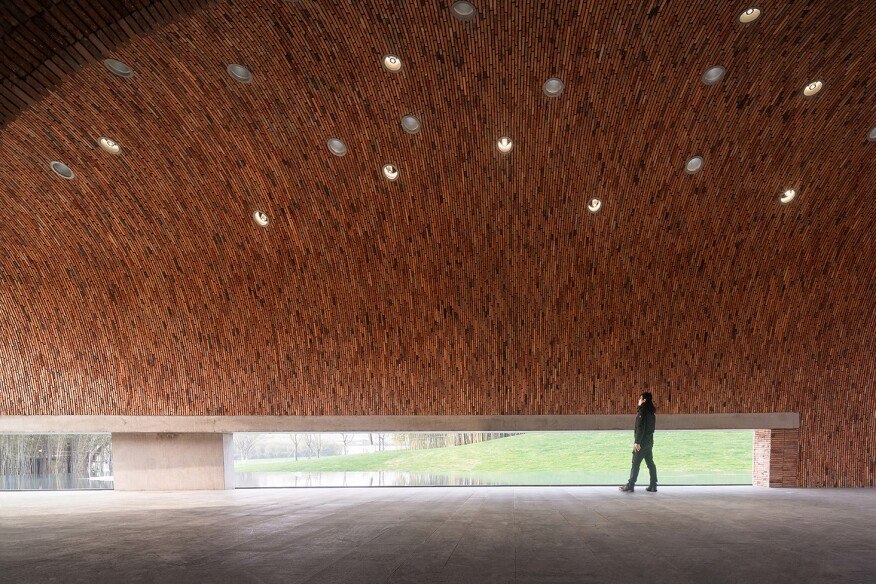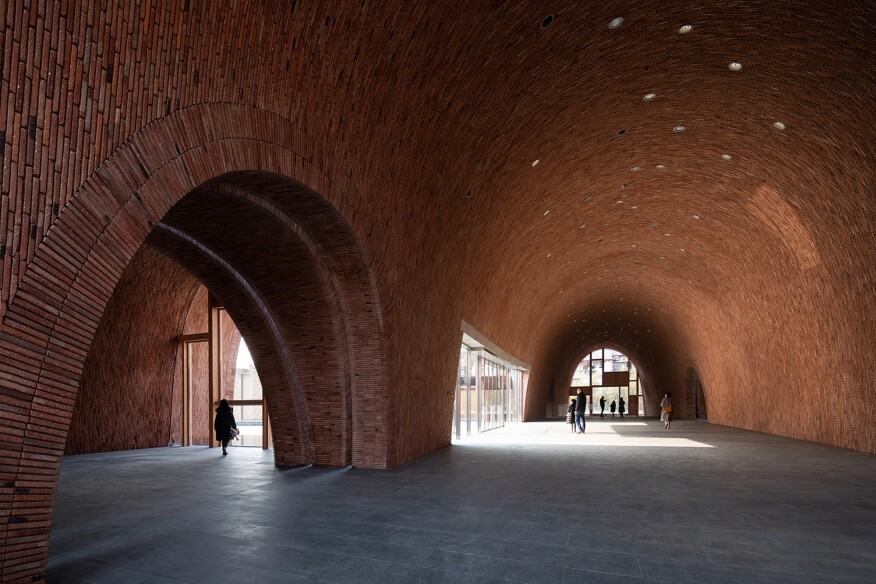
Jingdezhen Imperial Kiln Museum Gives Brick Vault a New Meaning
Architecture can never be lifeless in a country rich in culture and history. The Imperial Kiln Museum is one of those structures that will ferry you to a different realm. It occupies a space inside the historical Imperial Kiln Ruins in Jingdezhen China, known as the porcelain capital of the world. The UNESCO-recognized area has been producing pottery for more than 1000 years. The community in this area progressed around kiln systems and porcelain trading. The street plan is one piece of evidence. It paved the easy transport of porcelain goods to the Chang River.
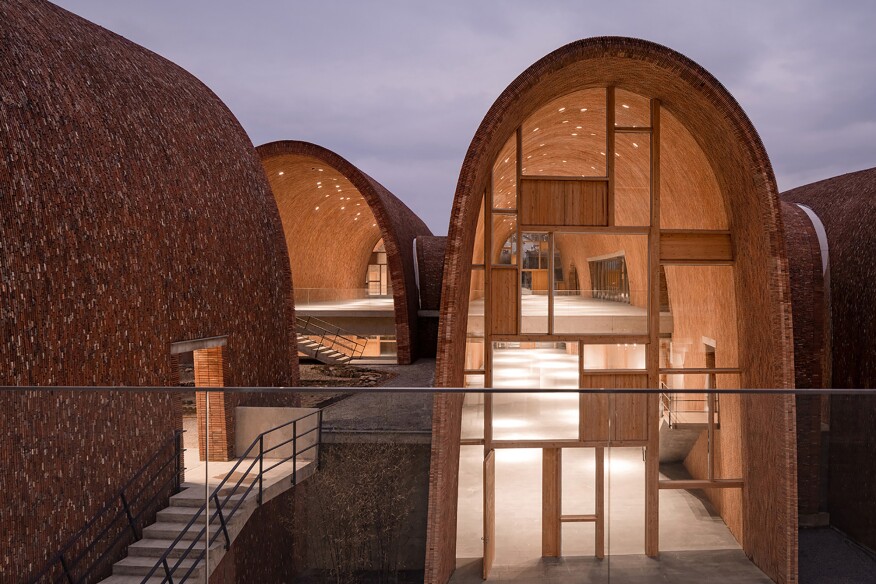
THE BRICK VAULTS
The structures in the Imperial Kiln Museum are a direct representation of what a kiln looks like. New and recycled bricks were used to create the vaults. This displayed a dimension of colors that amplified the design further. It also pays homage to the community that once settled there because those recycled bricks were a part of their lives.
The different sized brick vaults were built in relation to the ruins found during construction. Once inside, the sensation of being in a kiln structure departs because of the lofty space and the open ends. Through these open-ended spaces, the visitors will have a full circle experience of being both indoor and outdoor.
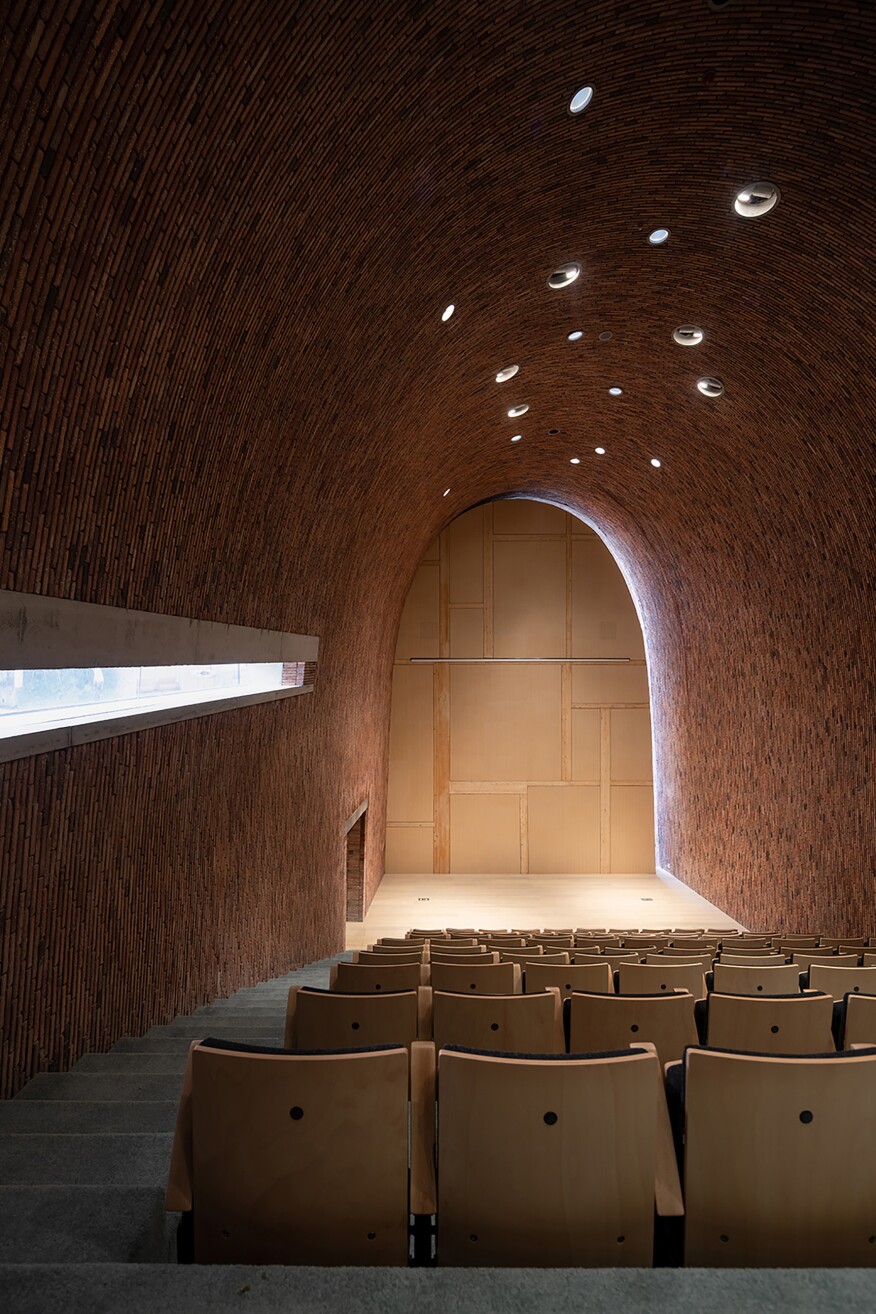
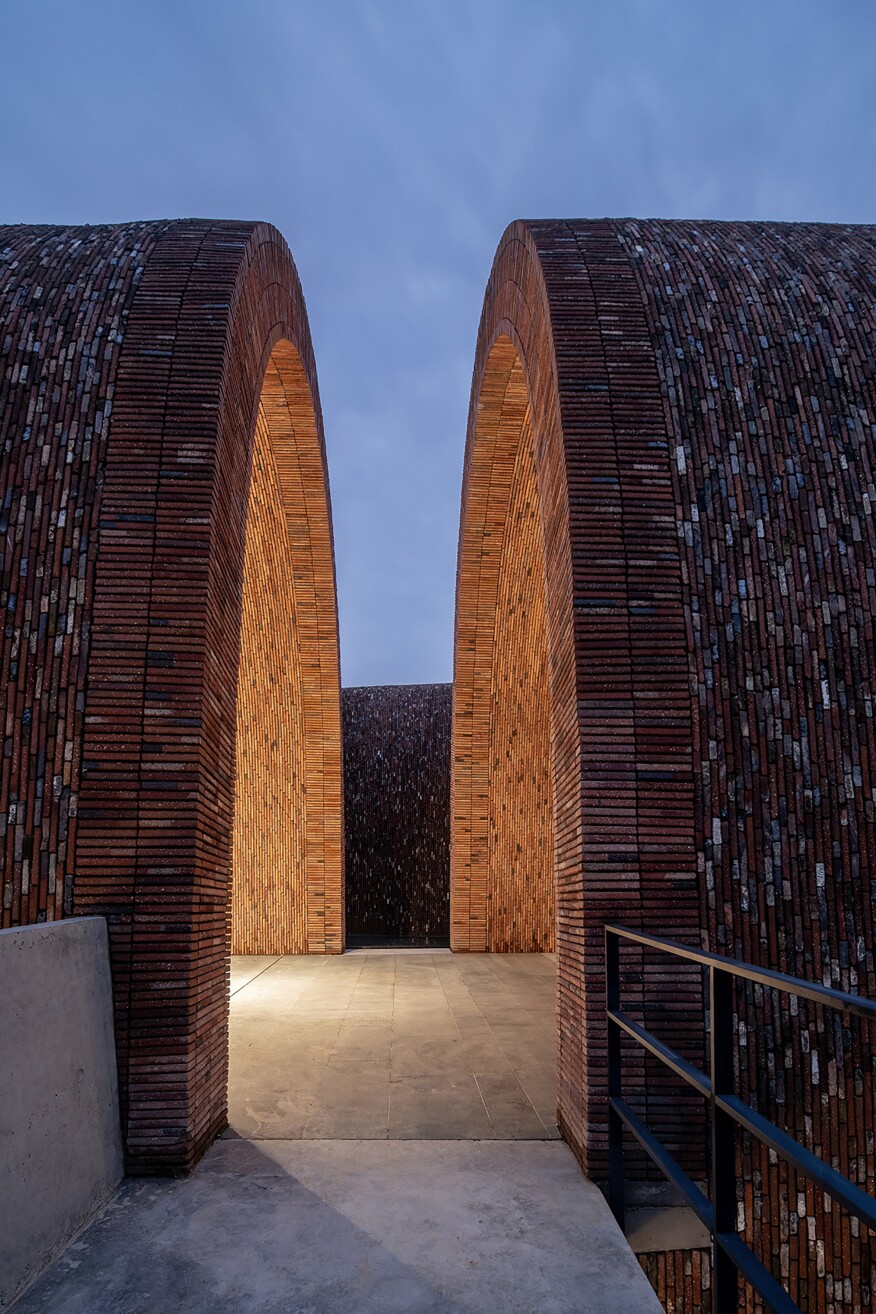
Studio Zhu Pei, the team behind this magnificent design, made sure that the modern building methods combined with ancient masonry will still put heritage in the spotlight.
“Smoke holes” are also present reminiscent of a kiln oven, albeit a mix of natural and artificial sources of light. Further preserving the kiln’s traditional form, the designers strategically hid the fixtures. This paved the way for a clean, simple, and pure space. But even just natural light hitting the curve and spaces of the vaults is enough to create a calming experience.
Moreover, the variating brick vault sizes and curvature created a different atmosphere for the five surrounding courtyards. Each of them represents a technique in porcelain making. Undeniably, visitors will have a remarkable sensory experience upon visiting the Imperial Kiln Museum.
Photo credits: CreatAR Images / Agovision, Shengliang Su, Achranimage
